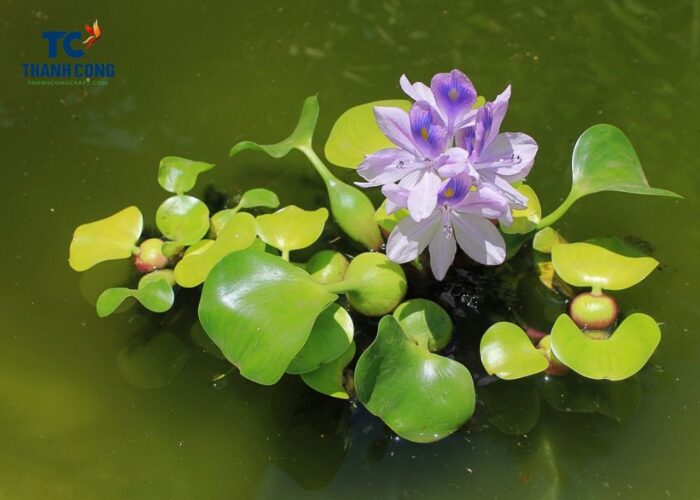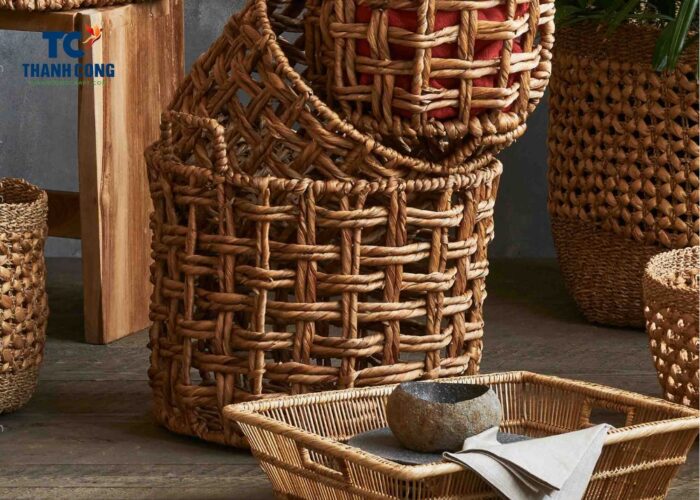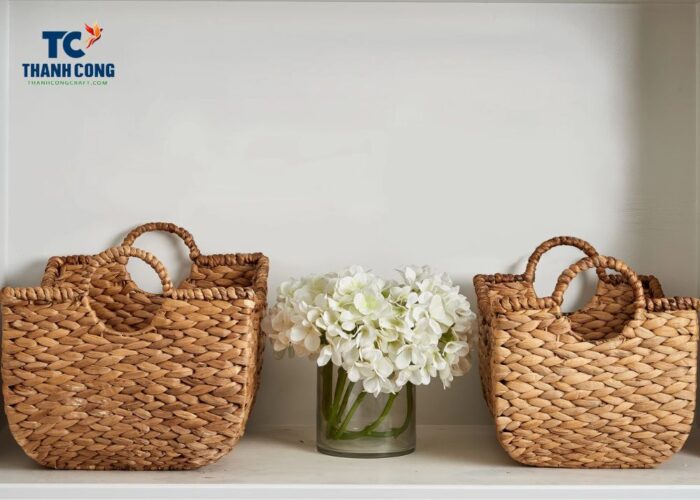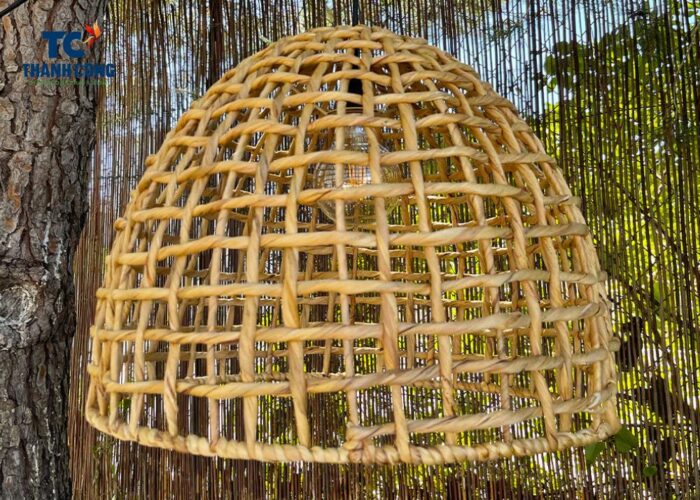Water hyacinth is a stunning aquatic plant known for its vibrant green foliage and delicate lavender-blue flowers. Water hyacinth winter: Can It Thrive?? In this exploration, we delve into the unique challenges that water hyacinth faces during winter and uncover strategies to ensure its survival and prosperity even in the chilliest months.
Contents [hide]
1. What is water hyacinth
Water hyacinth was introduced to our country in 1905 and originates from South American countries. Water hyacinth is a type of aquatic plant that floats on the water’s surface. In Vietnam, water hyacinth grows vigorously in various provinces of the Mekong Delta region.

They are called water hyacinth because their oval-shaped leaves are wide, about 10 – 20 cm in width, thick, and shiny, resembling a vase or “bình” in Vietnamese. The inflated part of the leaf stem contains a lot of air, helping the plant float on the water’s surface. Water hyacinth flowers are fragrant and bloom densely in clusters, resembling small bells.
2. Water hyacinth winter: Can It Thrive?
Water hyacinth (Eichhornia crassipes) is a fast-growing aquatic plant known for its lush, green foliage and beautiful lavender-blue flowers. Water hyacinth is native to tropical and subtropical regions, where temperatures remain warm year-round. It is not cold-hardy and can be severely affected by low temperatures.
In many regions, winter brings shorter days and less sunlight. Since water hyacinth relies on abundant sunlight for photosynthesis and growth, reduced light can hinder its development. And in colder climates, ponds and water bodies can freeze partially or completely during winter. Freezing water can damage or kill water hyacinth by damaging the plant’s delicate roots and leaves.
3. Some Products Made From Water hyacinth
4.1 Water Hyacinth Basket
Water Hyacinth Basket is an eco-friendly product, made from natural water hyacinth plants. The product has a simple but elegant design, suitable for various living spaces. You can use a Water Hyacinth Basket to store personal items, clothes, books, magazines, or decorate your living room, bedroom, balcony. The product comes in different sizes and colors for you to choose according to your preference. The Water Hyacinth Basket is not only a useful item, but also a meaningful gift for your friends and relatives.

4.2 Water Hyacinth Cushion
Water Hyacinth Cushion crafted from the finest water hyacinth fibers, this cushion is a testament to sustainable craftsmanship and timeless design. The water hyacinth’s natural texture and earthy tones create a stunning visual appeal that complements a variety of interior styles, from rustic to modern.Whether used as a seat cushion, floor pillow, or decorative accent, this cushion adds a touch of natural charm to any space.
4.3 Water Hyacinth Bag
Introducing the Water Hyacinth Bag crafted from water hyacinth, this bag boasts a unique, handwoven texture and earthy tones that exude a natural, timeless charm. Water Hyacinth Bag is versatile and suitable for various occasions, from casual outings to more formal events. It complements a range of outfits, adding a touch of bohemian chic to your style.

4.4 The Water Hyacinth Placemats
The Water Hyacinth Placemats exquisite placemats combine eco-friendliness, durability, and artisanal craftsmanship to provide a stunning backdrop for your culinary creations. These placemats complement a variety of table settings, from casual brunches to formal dinners, adding a rustic touch to your dining experience.
4.5 Water Hyacinth Lampshade
A Water Hyacinth Lampshade is more than just a lighting accessory; it’s a sustainable and stylish addition to your living space. With its unique charm and eco-friendly qualities The lampshade’s design and material make it versatile. It can be used in various settings, including living rooms, bedrooms, dining areas, and even outdoor spaces, adding a touch of natural beauty wherever it’s placed.

3. FAQs
3.1. Does Water Hyacinth Benefit Ponds & Wildlife?
Water hyacinth, native to the lowlands of South America, particularly the Amazon basin in Brazil, Venezuela, and Peru, plays a vital role in its natural ecosystem. In this region, it serves as a favorite among long-tongued bees, specifically those belonging to the Anthophorini tribe in the Apidae family. As water hyacinth spreads to North America and Europe, scientists speculate that native species of long-tongued bees, such as carpenter and miner bees, along with butterflies, may contribute to pollination of this exotic flower.
3.2 How to Plant Common Water Hyacinth?
To plant your water hyacinths, trim their roots to about 5 cm (2 in) and remove yellow leaves. Then, scatter them on the surface of your pond. To promote flowering, contain the water hyacinths with a circle of tubing, hula-hoop or water hyacinth basket.
3.3 How to Care for Water Hyacinth
Water hyacinths thrive in full sun, so make sure they receive at least six hours of direct sunlight daily. Ensure your pond or water feature has adequate water quality and regular circulation. Due to their rapid growth, water hyacinths can become invasive. Regularly thin them out to prevent overcrowding and provide ample space for other aquatic life. Keep an eye out for aphids and other pests that may affect water hyacinths.
3.4 Is Water Hyacinth Poisonous?
Water hyacinth is generally considered non-toxic to humans. Neither the leaves nor the flowers of this plant are known to be harmful when touched or handled. While not inherently poisonous, water hyacinth should not be consumed by humans. In some regions, people have cooked and eaten water hyacinth as a source of food, but this practice requires careful preparation to remove potentially harmful compounds.
In conclusion, while water hyacinth may face challenges during the winter months, its adaptability and resilience offer hope for its continued vitality. By understanding its unique requirements and taking appropriate measures, we can ensure that this aquatic beauty remains a vibrant part of our ponds and gardens, even when the temperatures drop. If you have any further questions, please don’t hesitate to contact Thanhcongcraft via email: info@thanhcongcraft.com or Tel/WhatsApp: +84967485411. Hope to serve you soon! Best regard!


